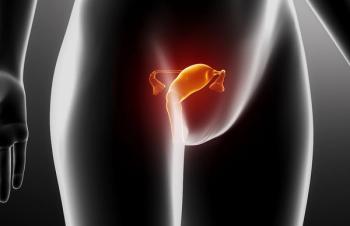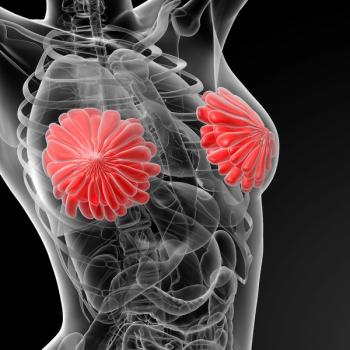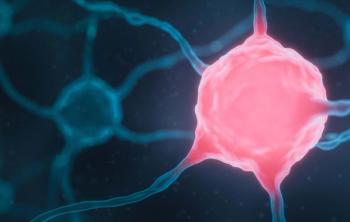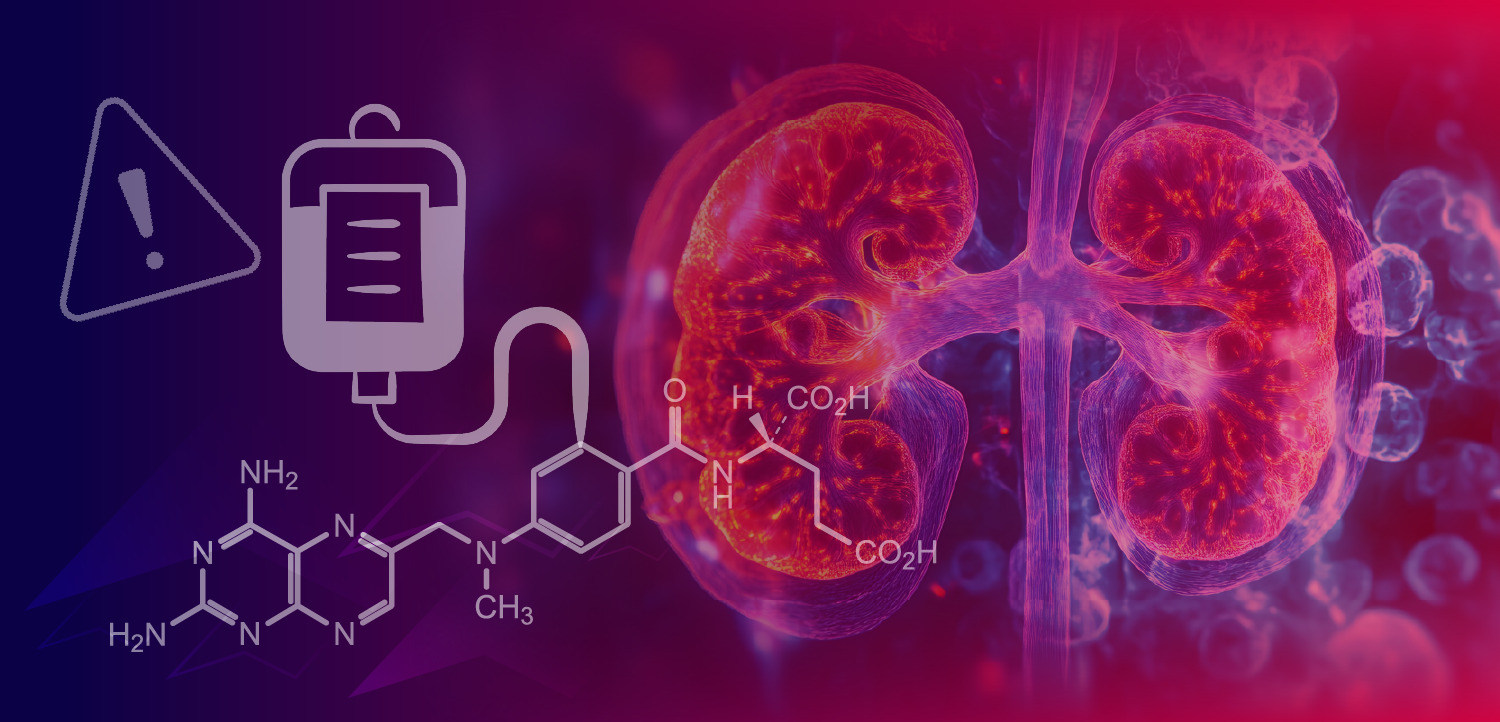
Oncology NEWS International
- Oncology NEWS International Vol 12 No 2
- Volume 12
- Issue 2
Simultaneous Fludarabine/Alemtuzumab in Relapsed CLL
PHILADELPHIA-A four-cycle regimen of simultaneous combined flu-darabine (Fludara) and alemtuzumab (Campath) (FLUCAM) was effective in patients with relapsed or refractory B-cell chronic lymphocytic leukemia (CLL), according to a poster presentation at the 44th Annual Meeting of the American Society of Hematology (abstract 3169). [See page 42 for another ASH presentation on these two agents in CLL.]
PHILADELPHIAA four-cycle regimen of simultaneous combined flu-darabine (Fludara) and alemtuzumab (Campath) (FLUCAM) was effective in patients with relapsed or refractory B-cell chronic lymphocytic leukemia (CLL), according to a poster presentation at the 44th Annual Meeting of the American Society of Hematology (abstract 3169). [See page 42 for another ASH presentation on these two agents in CLL.]
Based on these preliminary data, the regimen appears to improve on the known single-agent efficacy of each drug and reduces cumulative exposure to both. "If the preliminary data hold true and are confirmed by future studies, FLUCAM will become a powerful tool for treating B-CLL," said Prof. Dr. Andreas Engert, of the University of Cologne, Germany.
Study participants were 18 patients treated with a median of two prior regimens. After a 3-day alemtuzumab dose escalation, they received simultaneous infusions of fludarabine 30 mg/m2 and alemtuzumab 30 mg on days 1 to 3. The cycle was repeated (omitting alemtuzu-mab dose escalation) every 28 days. Patients also received premedication against cytokine-release syndrome before each cycle and ongoing antimicrobial prophylaxis during the trial and for at least 2 months afterward. Patients were restaged 4 weeks after completion of cycle 4.
Of 14 evaluable patients, 12 had Binet stage C disease and two had stage B disease at baseline. Nine had a complete response, three a partial response, and one each stable disease and progressive disease. In all 14 patients, peripheral blood lymphocytosis was rapidly cleared, usually after the first cycle. Sensitive immunophenotyping confirmed extensive clearance of malignant cells.
Severe but transient hematologic events were leukopenia in nine patients and thrombocytopenia in three. One patient had cerebellar ischemia after the first treatment infusion, probably due to massive tumor cell destruction; this complication resolved completely. The patient with progressive disease died of a fungal infection. Adverse events associated with the infusions, such as fever, chills, and skin reactions, were mild and usually limited to the first cycle.
Articles in this issue
almost 23 years ago
Some Activity for Gefitinib in Heavily Pretreated Breast Canceralmost 23 years ago
Brachytherapy Results Similar for Blacks, Whitesalmost 23 years ago
Dose-Dense Chemo Ups Survival in Node+ Breast Canceralmost 23 years ago
MR Spectroscopy IDs Breast Cancers, Node Involvementalmost 23 years ago
ODAC Wants More Data on Expanded Casodex Indicationalmost 23 years ago
SuperGen Submits First NDA Module for Pancreatic Cancer Drugalmost 23 years ago
Two Added to ONI’s Oncology Nursing Editorial Advisory Boardalmost 23 years ago
Bortezomib Active in Relapsed/Refractory Myelomaalmost 23 years ago
Telomerase Potential Cancer BiomarkerNewsletter
Stay up to date on recent advances in the multidisciplinary approach to cancer.





















































































